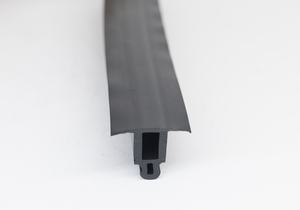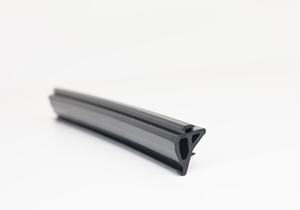Dilatation seals, also known as expansion joints or expansion seals, are crucial components utilized in engineering and construction to manage the expansion and contraction of materials due to temperature variations, seismic activity, or other factors. These seals are especially vital in structures where different sections or materials meet, such as bridges, buildings, pipelines, and roadways, to accommodate movement without causing damage or structural failure.
The design of dilatation seals typically involves flexible materials, such as rubber, elastomers, metals, or composites, arranged in a way that allows for controlled movement while maintaining a barrier against the ingress of water, debris, or other contaminants. They come in various forms, including but not limited to:
- Compression Seals: These seals consist of compressible materials arranged between adjacent structural components. As the structures move relative to each other, the seal compresses or expands accordingly, ensuring a tight fit while allowing movement.
- Sliding Plate Seals: This type of seal involves the use of sliding plates or surfaces between adjoining structures. These plates can move horizontally or vertically, accommodating expansion and contraction while maintaining a seal.
- Rubber Expansion Joints: These joints utilize flexible rubber or elastomeric materials to absorb movement between structures. They can be designed as simple strips or more complex configurations to suit specific applications.
- Modular Expansion Joints: These are prefabricated units consisting of multiple components, including steel or rubber elements, arranged to provide flexibility and durability. They are often used in large-scale infrastructure projects like bridges and highways.
- Bellows Expansion Joints: Bellows are flexible components typically made of metal or fabric, designed to expand and contract like an accordion. They are capable of accommodating significant movements while maintaining a seal, making them suitable for various industrial applications.
The selection of the appropriate dilatation gaskets depends on several factors, including the magnitude and direction of expected movement, environmental conditions, structural requirements, and durability considerations. Engineers and architects carefully assess these factors to choose the most suitable seal for each application.
In addition to their primary function of accommodating movement, dilatation seals also contribute to the longevity and structural integrity of infrastructure by preventing the ingress of water, chemicals, and other harmful substances. Proper installation, maintenance, and periodic inspection are essential to ensure the effectiveness of dilatation seals throughout the lifespan of the structures they protect.










